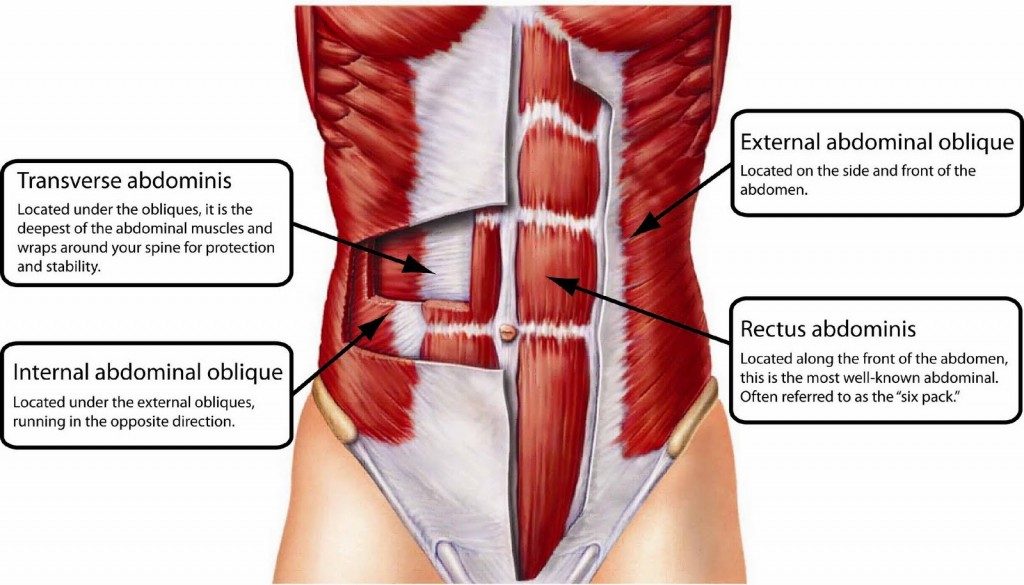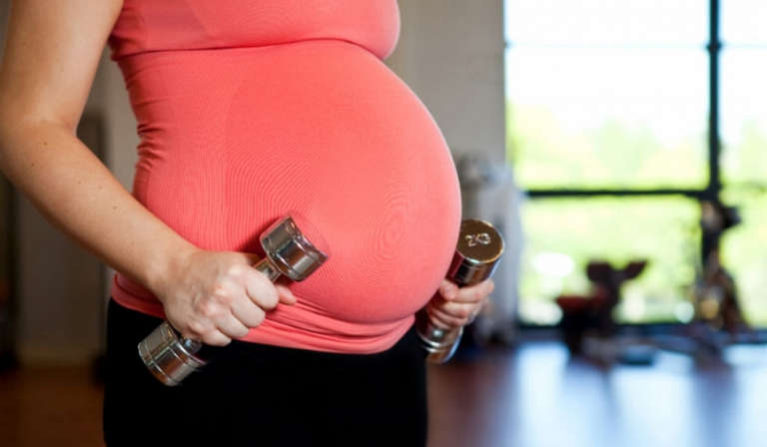According to WebMd, it is perfectly safe and even advisable to maintain an exercise program while pregnant. Evidence suggests working out relieves stress, improves posture and reduces the chances of gestational diabetes. If you were physically active before getting pregnant, you can certainly maintain a workout regime while pregnant. You will probably have to scale back a bit, but I’m always amazed at how strong and resilient pregnant women can be. Here are a few feats that amaze me:
- While thirty-four weeks pregnant, Alysia Montano ran the 800 meters at the 2014 U.S. Track and Field Championships. The five-time national champion finished last with a time of 2 minutes, 32.13 seconds. Though 35 seconds slower than her personal best, she still got a huge roar of approval from the crowd and a great story to tell her baby.
- In April 2017, a six month pregnant Dana Vollmer placed 55th in the overall Arena Pro Swim Meet after finishing the 50 meter freestyle in 27.59 seconds. This is her second pregnancy. She won three medals at the Rio Olympics, which occurred 15 months after the birth of her first child.
- Kerri Walsh Jennings was five weeks pregnant when she and teammate Misty May-Treanor won their third consecutive gold in the 2012 Summer Olympics. She didn’t know she was pregnant at the time.
- In January 2017, Serena Williams won the woman’s title at the Australian Open while eight weeks pregnant. Williams found out she was pregnant just days before she was set to play at the Australian Open — and made the decision to go ahead with the tournament.
Personally, I worked out during both my pregnancies and was on my way to the gym with my first when my water broke. I’ve also trained countless women during their pregnancies and only one (with twins) ended up on bed rest. Please check with your doctor, especially if you’re new to exercise, but otherwise feel free to break a sweat, just modify your intensity.
Now that we’ve established it’s okay to exercise while pregnant, there are still a few precautions:
- Don’t let yourself overheat. I saw a highly pregnant woman jogging outside on a hot day by herself. I was seriously worried that she would faint from heat exhaustion and followed (not in a creepy manner) until she returned to her car.
- If you’re a flat lander and find yourself at high altitude (above 6,000 feet) go easy.
- Don’t do anything were falling can be dangerous: aggressive mountain biking or downhill skiing.
- Any pregnancy or health scares such as amniotic fluid leaking, bleeding, preeclamplsia, etc.
- Always check with your doctor.
Core Exercises
One of the areas that give woman who exercise during pregnancy the most problems is their core. Positions can get uncomfortable as your belly grows and you can get pelvic ligament strains and pains. Here’s a view of visual of the main abdominal muscles:

Abdominal Muscles
During pregnancy, the internal and external obliques generally do okay. The rectus abdominis is the most superficial ab muscle (the “six pack”) and will generally be stretched out during pregnancy. The transverse abdominis is your core’s built-in girdle. Unfortunately, pregnancy will stretch out this muscle and it is the most important muscle for maintaining core stability. The exercises listed below are generally safe, effective and comfortable. The videos are all about 30 seconds or less. If anything feels uncomfortable, please discontinue. I am modeling the exercises for the first and second trimester and my client Deirdre, who happens to be 34 weeks pregnant with her second child, is demonstrating the exercises for the third trimester.
Core Exercises for 1st and 2nd Trimester
Core Exercises for Third Trimester
Core Exercise Programming
You don’t have to do each exercise every time you workout and you can certainly do the third trimester exercises while in your first or second trimester. I would pick three or four to do during each workout. Try to pick exercises that put you in different positions. For example:
Set 1: Plank or Opposite Arm Leg Extension; Rotation with Tubing; Seated Side Bend
Set 2: Down Dog to Plank or Opposite Arm/Leg Extension; Seated Bicycle; Overhead Reach
Stay healthy, fit and glowing my pregnant friends!!











 seriously wants to start an exercise regime that requires skill, e.g.: weight lifting, Yoga, Pilates, etc., the best bet is to go to a private studio and hire a trainer for some one-on-one sessions. Once you have the basics, you can try small group settings or larger group exercise classes.
seriously wants to start an exercise regime that requires skill, e.g.: weight lifting, Yoga, Pilates, etc., the best bet is to go to a private studio and hire a trainer for some one-on-one sessions. Once you have the basics, you can try small group settings or larger group exercise classes.
